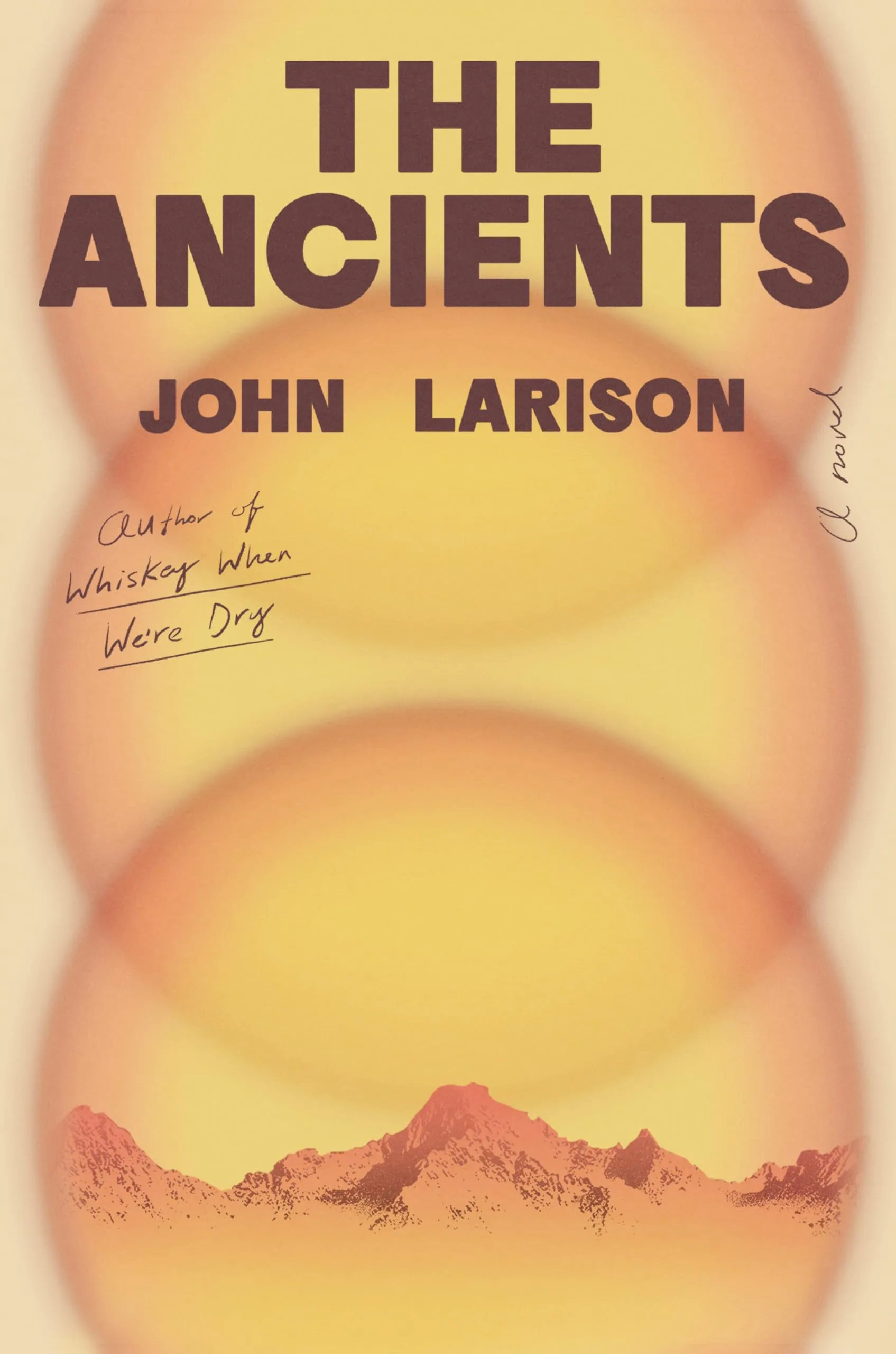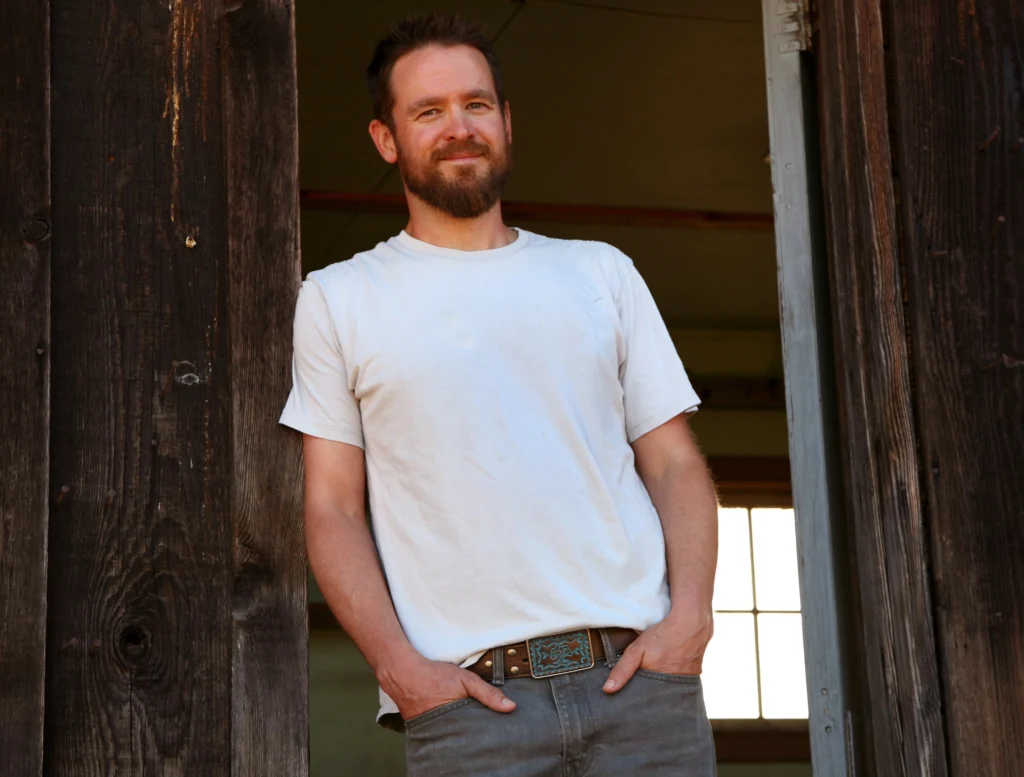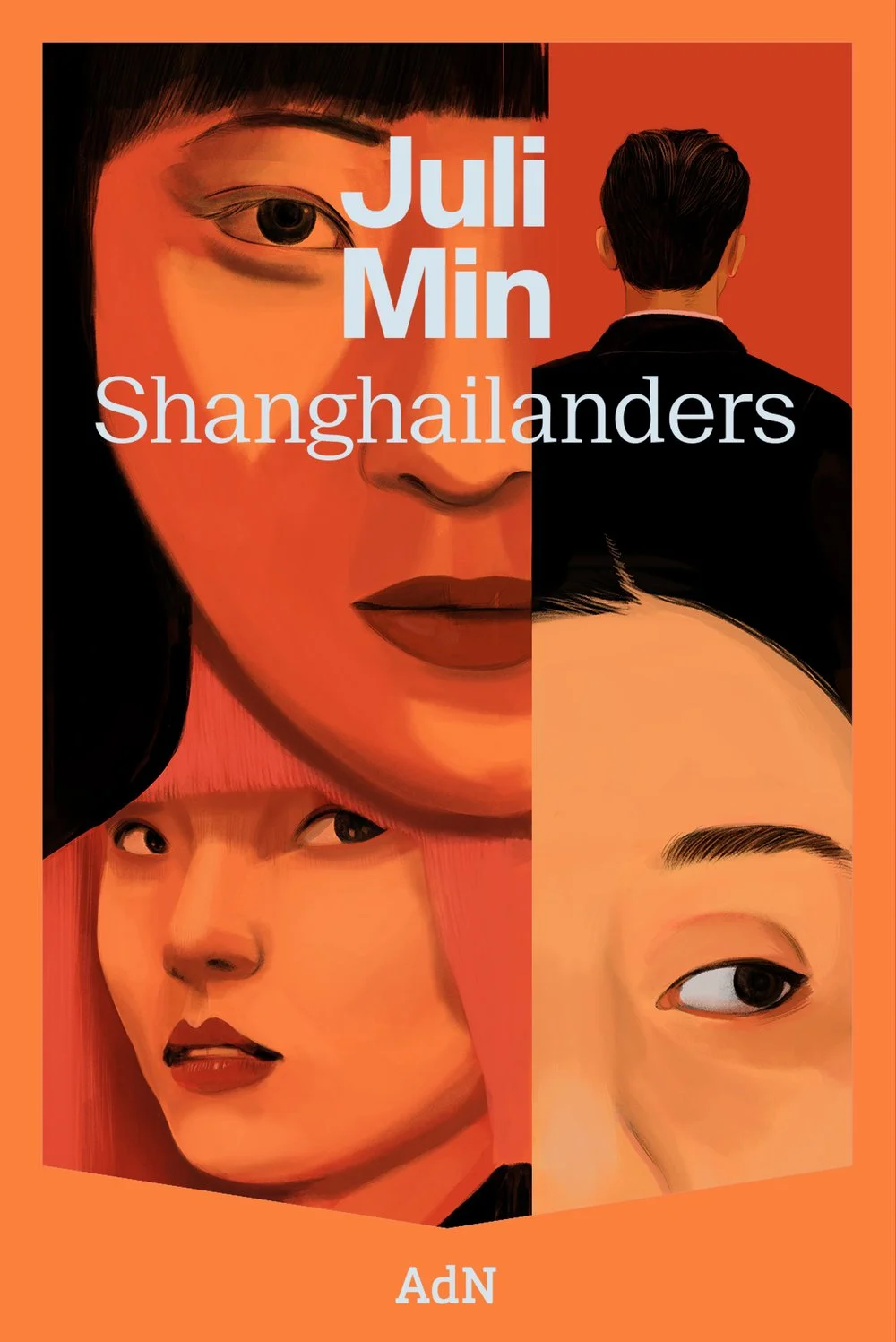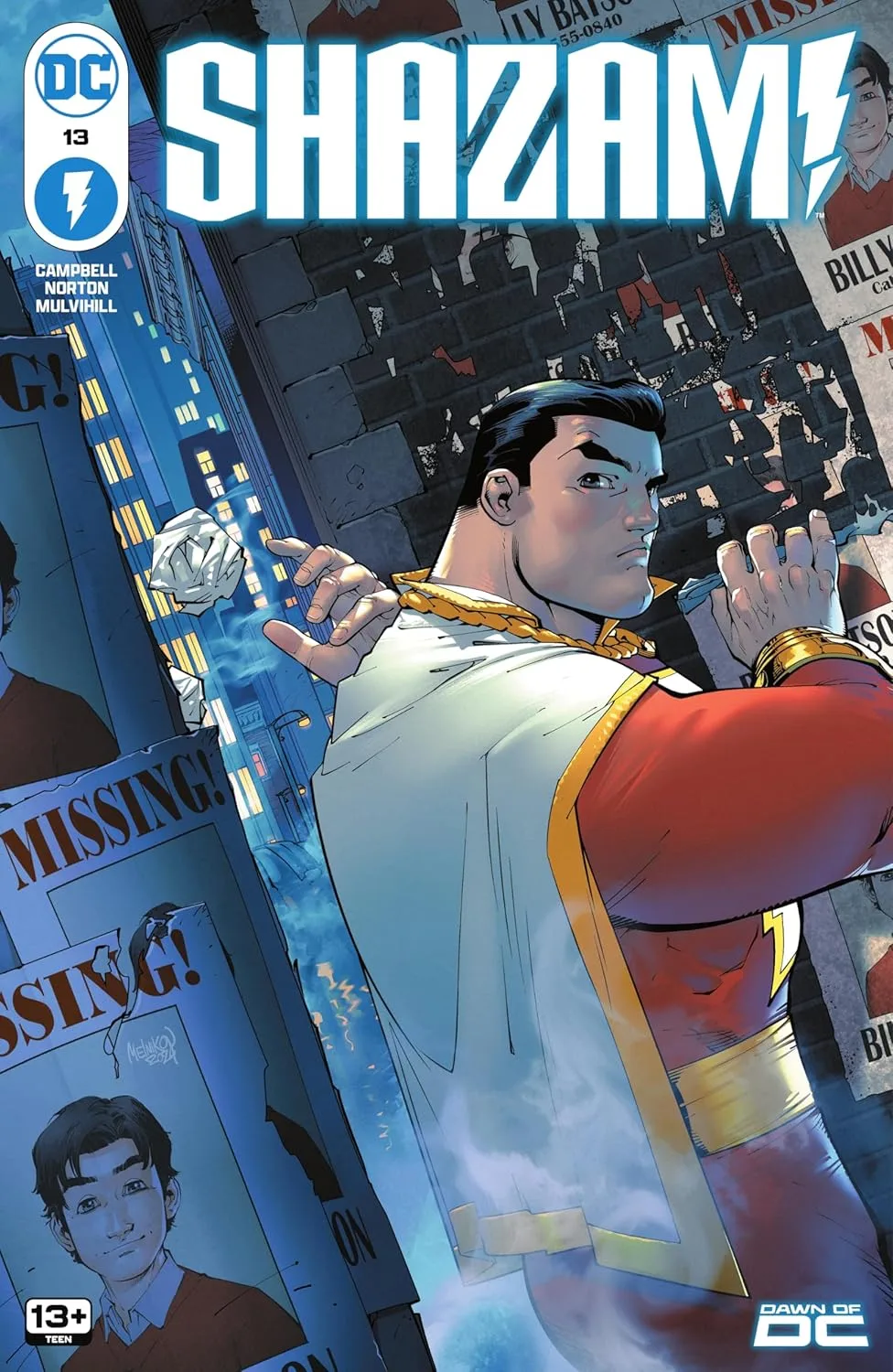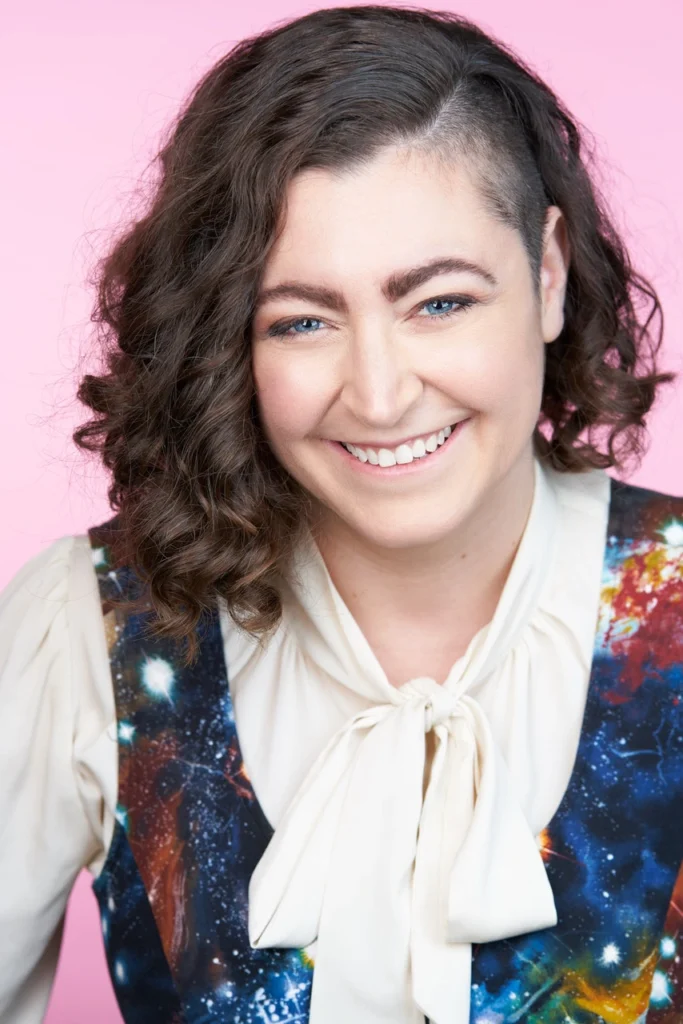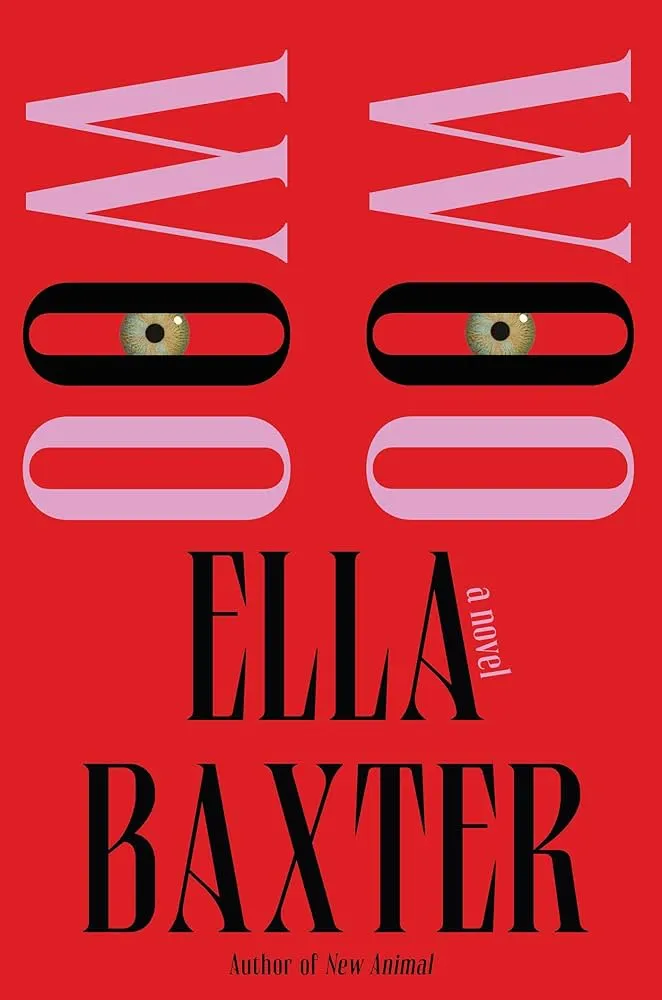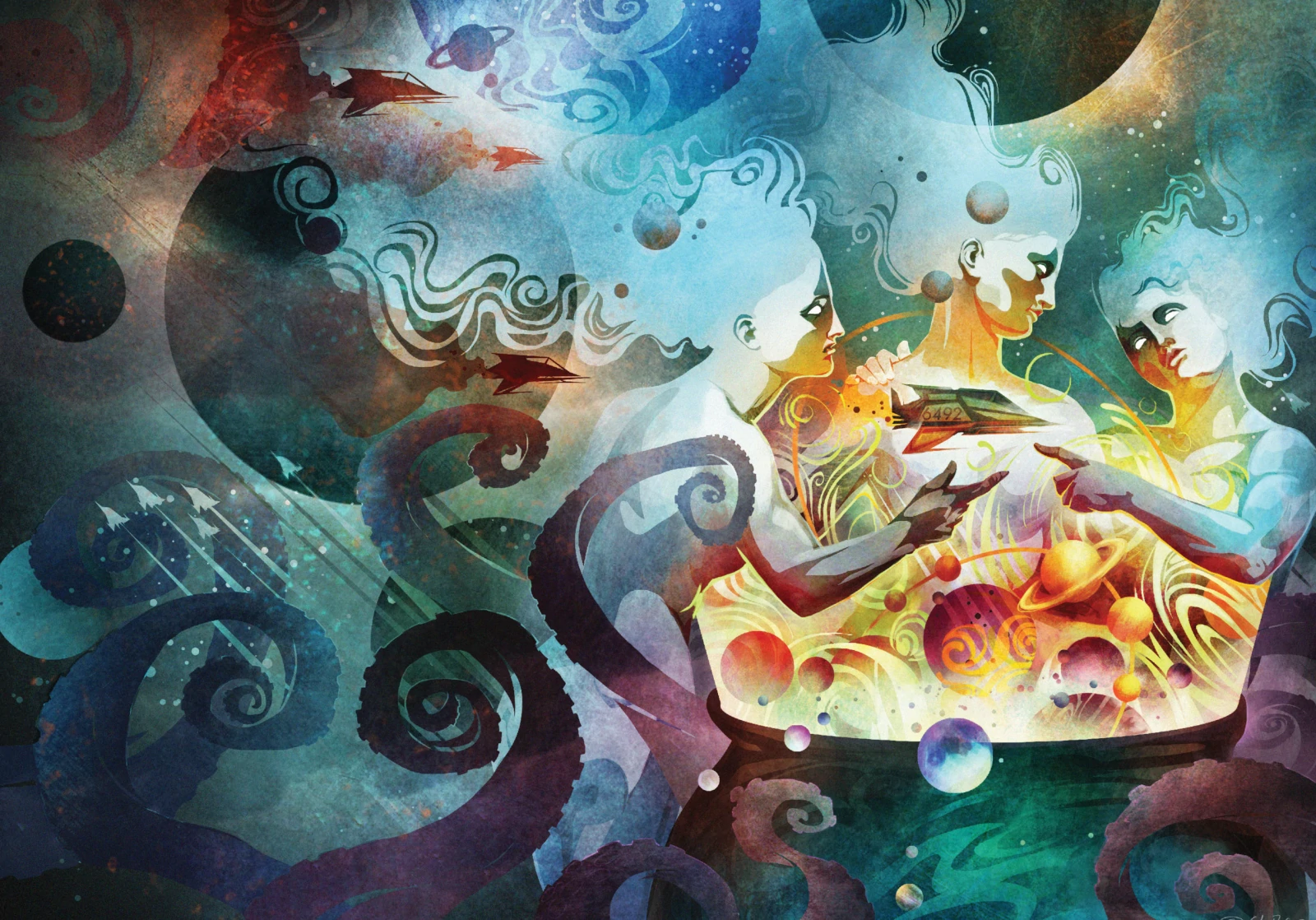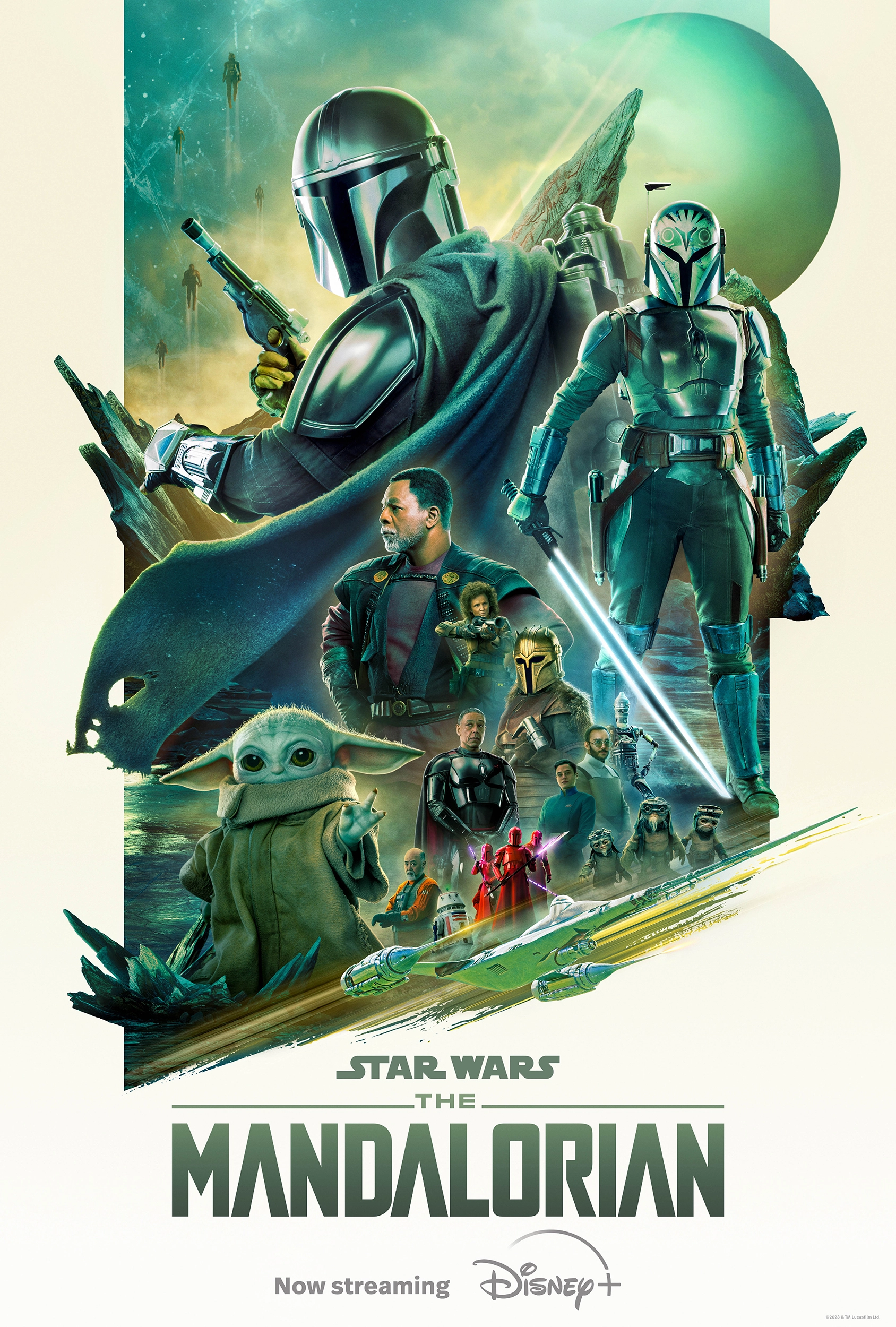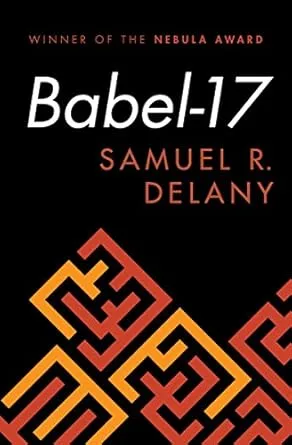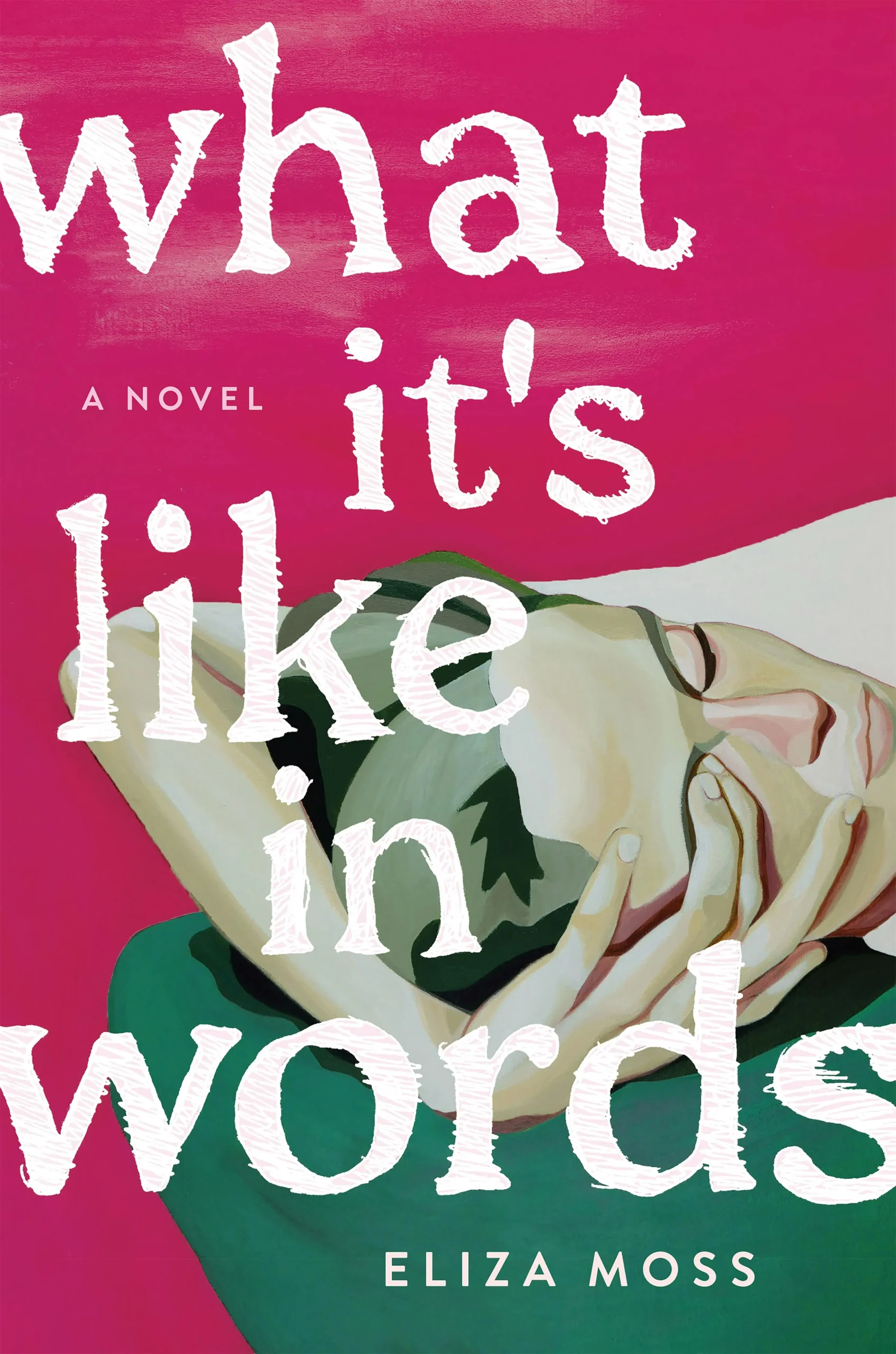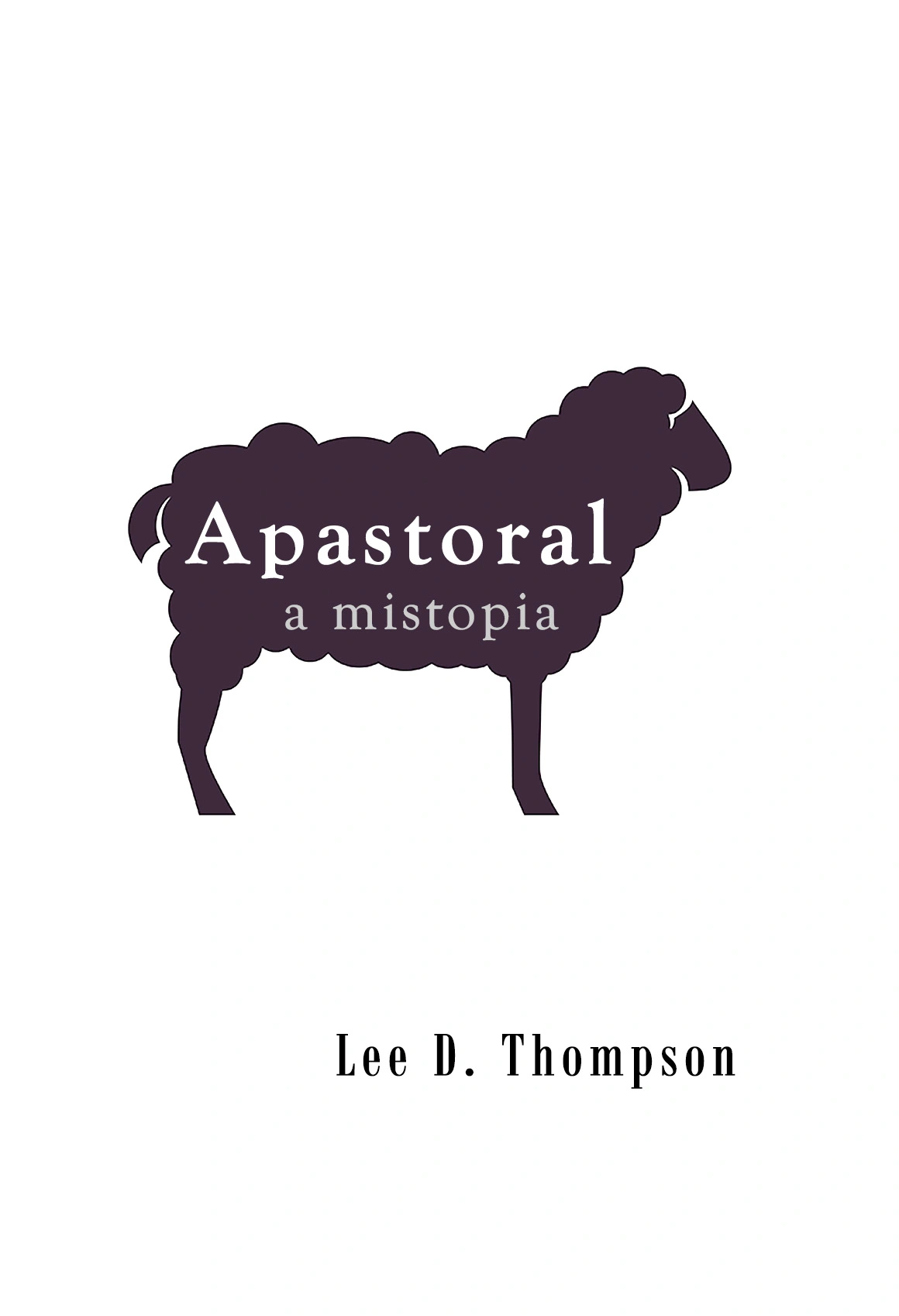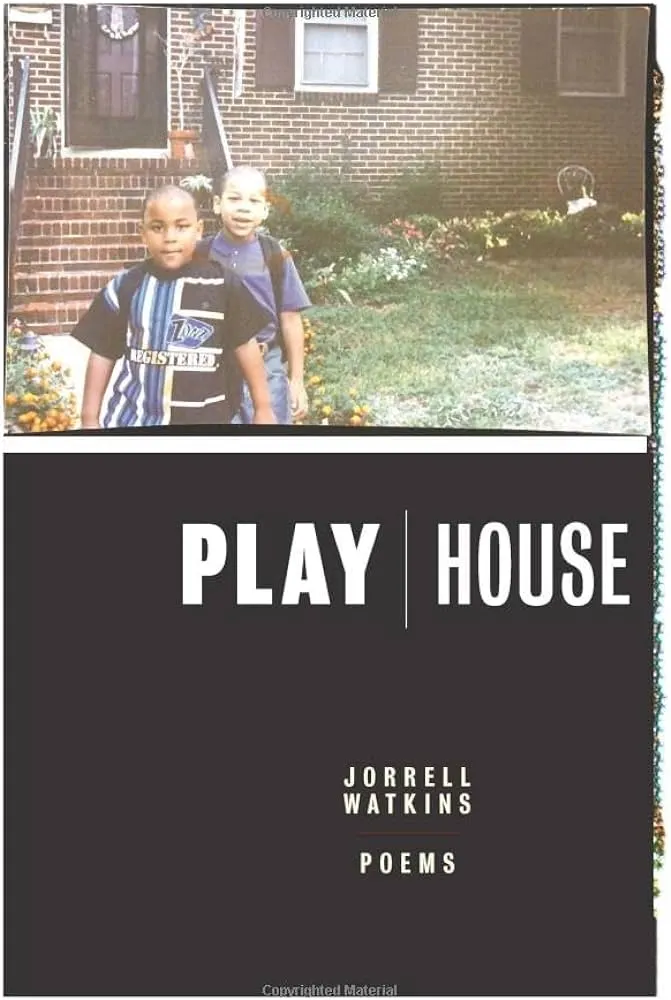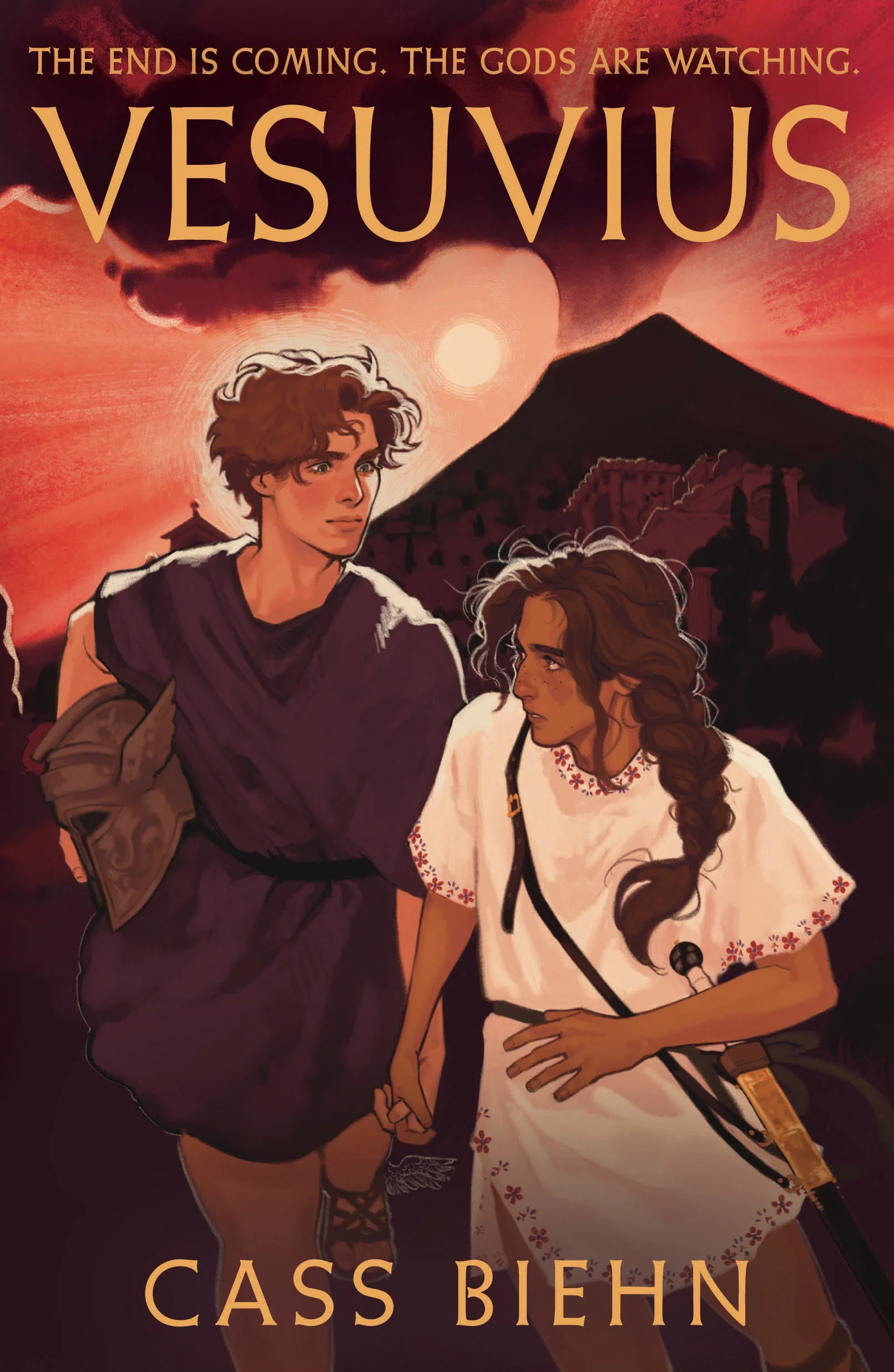
An Interview with Cass Biehn
Your debut novel Vesuvius immerses the reader in the ancient city of Pompeii and includes several nods to Roman history. What inspired you to base your story on Pompeii and ancient Roman history?
Like many neurodivergent kids, I grew up having historical disasters as special interests—starting with the Titanic. I was fascinated not just with the disaster itself but the story that unfolded around the disaster.
Pompeii has likewise fascinated me. Before the volcano erupted, petrifying the city in ash, what dramas and romances and politics affected its people? What parallel could I draw to the traumas surrounding me in modern day? What would it be like to stare down a smothering black wave, knowing you couldn’t stop what was coming? But what would it look like to try to change fate anyway?
What was your writing process for Vesuvius, and how did you balance working on it with the other obligations in your life?
Vesuvius was written as I was wrapping up my undergrad, working full time, and preparing to move to Wales to pursue my Master’s. I let it take over in a way that probably wasn’t very healthy, but it was all I wanted to do. I came to know myself as a writer through it. I learned to set boundaries, hold myself accountable, and when to step away from the manuscript to give it breathing room.
Vesuvius boasts two complex and genuine main characters—Felix and Loren—who you’ve lovingly referred to as your “volcano boys.” How did you approach their character creation and give them each a distinct voice?
I teach a course on developing compelling characters called “Wound, Want, Need.” By understanding what the character thinks will solve their problem, what trauma or flaw holds them back, and what lesson they need to learn to fix their life and self-actualize, the characters feel more authentic. When crafting dual POV especially, every character should have their own goal, history, and arc—and a distinct voice to match. Experiment with how their individual circumstances and backgrounds might influence how they speak, act, and think.
Felix and Loren experience their fair share of romantic ups and downs. What were the most challenging and rewarding aspects of creating their love story? Further, do you have any tips for authentically incorporating romance into a plot?
I’m a romantic at heart! When writing Felix and Loren’s dynamic, my goal was always—despite their different upbringings, privileges, and disagreements—to create a romance where both boys land on equal footing. I wanted the romance to feel authentically messy, because neither boy is perfect, and each have their own hurts to reckon with. But as they learn, grow, and come to understand one another, they use their individual strengths to support each other.
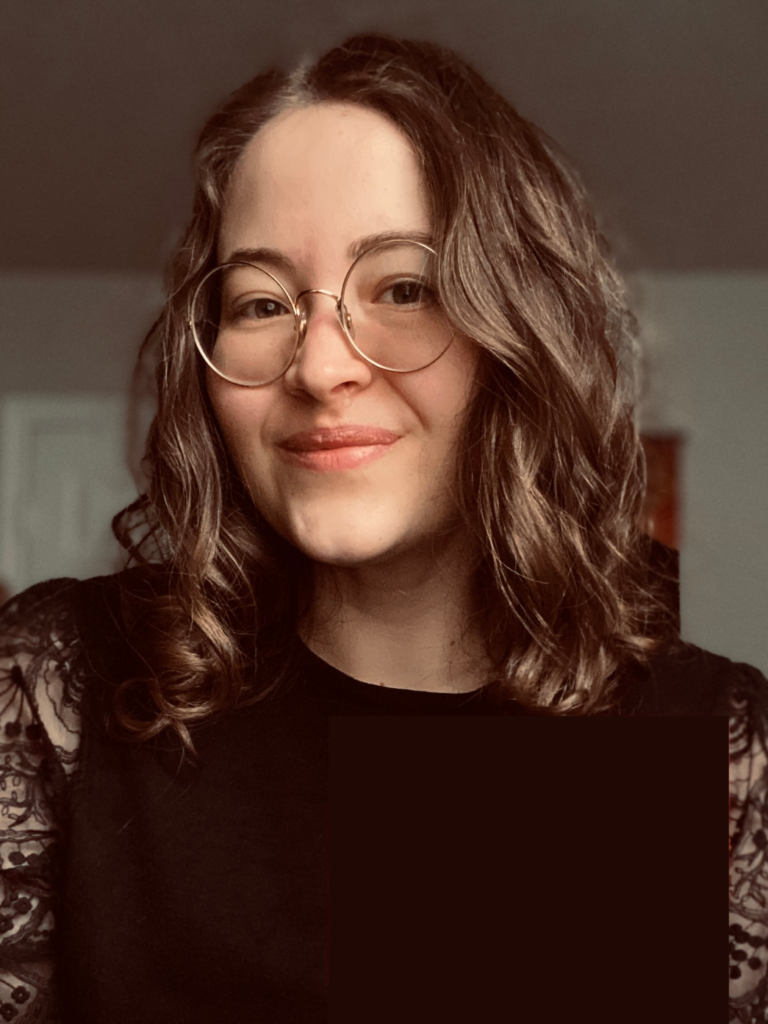
The story of Vesuvius erupts with humor. What advice do you have for writers who want to incorporate more authentic humor into their work?
Surround yourself with funny people—the kind you can fully be yourself around and whose humor doesn’t punch down. Never try to force a moment to be funny; let the humor evolve naturally.
The themes of mental health, identity, and trauma play a major role in your book. Was this something you planned or did these themes develop naturally?
Oh, they came completely out of nowhere because I didn’t think I had it in me to explore my own vulnerabilities on a page. Felix leapt nearly fully formed into my mind. A snarky, irreverent thief—he sounded fun. But the more I drafted, the more I realized I hadn’t given him a why. So, I started thinking, why am I irreverent? And the solution dawned on me: Felix was shaped to explore a certain trauma I share. Once I began to work that into the narrative, permitting myself that vulnerability instead of holding it at arm’s length, he finally came alive.
You have a Master of Library Science from Aberystwyth University in Wales. Could you share more about your choice to pursue this program and how it influenced Vesuvius?
Childhood literacy has been a driving passion of mine since I was in high school. I wanted to write for teens, and I wanted a career where I could get books in the hands of those who need them most.
Aberystwyth was a very intentional choice. Not just because it has deep connections with the National Library of Wales, but because the country has fascinated me since I fell in love with Welsh Arthurian legend as a teenager—maybe the topic for a future book?
The publishing process can often feel daunting and intimidating to new writers. How did you keep your spirits high when querying Vesuvius and do you have any encouragement for writers who may be wrestling with self-doubt?
Self-doubt is the shadowy beast that haunts my footsteps, even (especially?) still. I don’t know that I’ll ever overcome it—but I’ve learned to accept that, and I’ve found tools to cope. To writers, I suggest finding a non-word related hobby (mine is sewing!), getting a great support system, and remembering your value as a person isn’t dependent on how quickly you get an agent.
Your second novel, Though This Be Madness, is slated for release in 2027. How did the overall publishing process differ between your two novels and what did you learn?
They couldn’t be more different. When I started Vesuvius, I was convinced I was a “pantser,” and only after struggling through the first draft without an outline did I realize absolutely nothing about it made sense. Since then, I’ve learned I’m definitely a “plotter.” Even though the time to finish a draft was roughly the same for both projects—about a year—I think having an outline from the beginning resulted in a much more polished first draft of Though This Be Madness.
